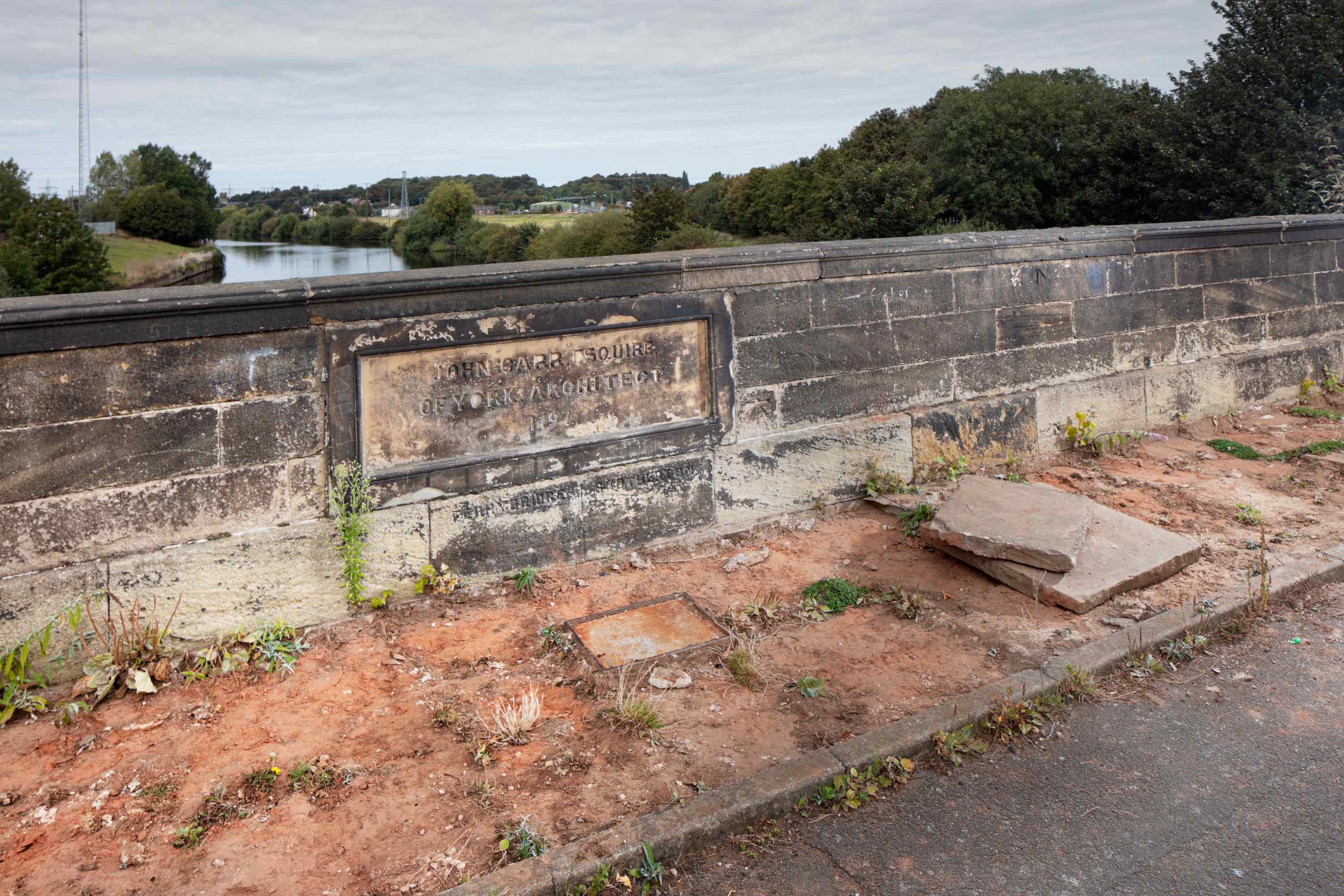Heritage Crime Enforcement
Historic England along with the National Police Chief’s Council (NPPC), the Crown Prosecution Service and local authorities have developed a partnership model for the prevention and enforcement of heritage crime.
The aim of this model is to deliver a programme of preventative measures and enforcement activities that are realistic, efficient and deliverable.
Neighbourhood Policing has been established to tackle local crime and anti-social behaviour and also provides a useful model for tackling heritage crime. This is often best done at a local level through Community Safety Partnerships.
Nearly every police service has a liaison officer who will coordinate issues related to heritage crime in their area.
Guidance on interventions: Prosecution and alternative disposals
From warnings to formal prosecution, this guide describes the appropriate responses available in incidents of heritage crime.
Heritage Crime Impact Statements
Impact statements describe the crime and its impacts. They help the enforcement agencies and the courts understand the harm caused.
Our guide to Heritage Crime Impact Statements gives general guidance on the use of impact statements. It also covers who should provide an impact statement and what information it should contain.
Guidance for Sentencers
Judges, magistrates and their legal advisers can use this guide for determining the appropriate sentence for a heritage crime. We hope it will also help the parties to any prosecution by providing a summary of heritage offences that apply to listed heritage assets including each relevant section of legislation. Offences covered by the guide include:
- Specific heritage crime offences that apply to designated heritage assets
- Specific heritage crime offences that apply to both designated and non-designated heritage assets
- Other criminal offences that can affect heritage assets as they do ordinary buildings and sites which don't have any heritage interest
Section 3 sets out the matters to be taken into consideration when sentencing for heritage crime.
For information on cases where there have been prosecutions following heritage crime, please see the links below.





